Our ‘adventures of a Lewes Landscaper’ have taken us to many gardens. Sissinghurst, Bateman’s and Nymans are must visits in our calender even in the depths of the winter season. For us exploring the Winter garden always uncovers surprising delights and treasures. You get to see the ‘skeleton’ of the garden, the bare bones of what you know in time will soon become a mass of scent, sound, colour and texture. We explore what we love about visiting gardens in winter and include some top tips of plants for winter interest. A new year, new growth and exciting beginnings.
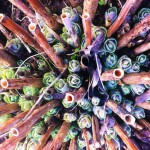
New growth at Bateman’s
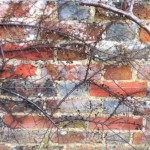
Garden Wall at Bateman’s
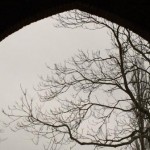
Winter tree Sissinghurst
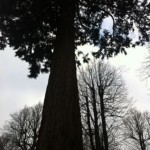
Nymans winter trees
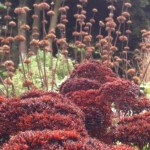
Seed heads at Nymans
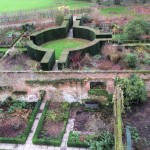
Sissinghurst in December
What then is the attraction of the garden in the cold winter months? The design and landscaping of the garden itself can become much more prominent when the majority of the garden is ‘resting’; the curves of the paths, the planting line of the trees, the shape of the beds and the flow of the design becomes much more apparent and can fully reveal its splendour. The exposure of all the gardens other elements allow real focus on form that is often hidden by mass foliage and flowers in other seasons; the gnarly branches of a wise old climber, a weathered kitchen garden wall, metal work of a pergola and stubborn seed heads still standing strong. It’s the chance to pause for thought and reflect. A more meditative journey through the garden space.
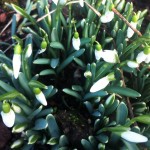
Galanthus at Nymans

Gunnera at Nymans
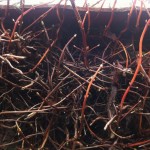
Hydrangea at Bateman’s
But it’s not just the structural elements that reveal themselves. It is also the new signs of life and of re-growth. The tiny glimpses of green from buried bulb treasure or the new fresh buds and stems which will develop and emerge fully in the months ahead. It is the feeling of hope and the early signs of re-growth that are uplifting and exciting and the potential of what lies ahead. Decaying leaves protecting the tender growth below it.
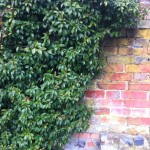
Trachelospermum asleticum at Bateman’s
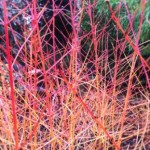
Cornus midwinter fire at Nymans
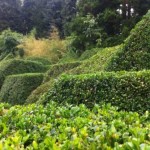
Evergreen structure at Nymans
There are some real plant performers that shine during the winter months. It can be their evergreen form, or their stem colour, their berries, flowers or smell that make them them stand proud. Indeed sometimes because of the very bareness and dormancy of their surrounding landscape these plants become the main attraction.
On a recent trip to Sissinghurst the garden team provided a sample of the very best in the garden.
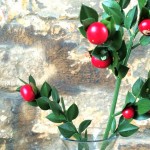
Ruscus aculeatus
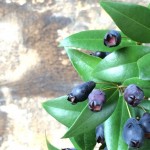
Myrtus communis
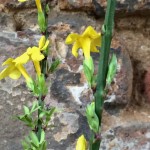
Jasminum nudiflorum
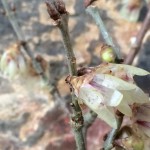
Chimonanthus praecox
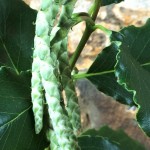
Garrya elliptica

Daphne tangutica

Sissinghurst’s Winter interest display
It was like a little gift, presented so perfectly in vases at the entrance to the garden – we just had to share it with you. Especially useful if you are thinking of designing with all round seasonal interest. We have also included information on each Sissinghurst plant via links to the RHS website. We would highly recommend using this fantastic resource from the RHS to identify which plant would work best in your garden considering all factors, including its aspect, soil and exposure.
Ruscus aculeatus, common name – butcher’s broom
Myrtus communis, common name – common myrtle
jasminum nudiflorum, common name – winter jasmine
Chimonanthus praecox, common name – wintersweet
Garrya elliptica, common name – silk tassel bush
Daphne tangutica, Tangut daphne
Happy New Year from us and here’s to the wonderful winter garden in all its glory!


